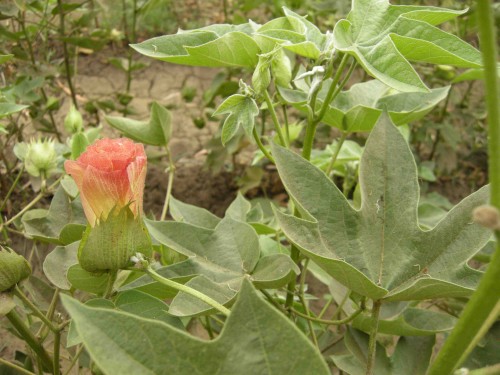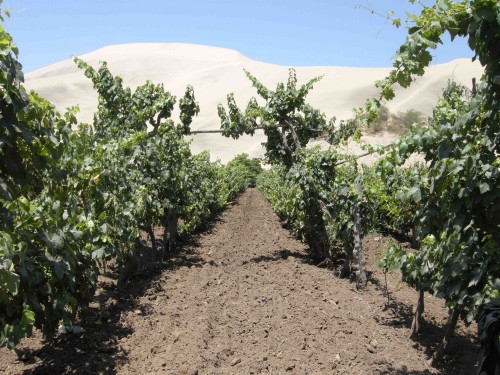Part One: Ica, 400 metres above sea level.

Sunlight streams through the window and across the dusty white church steeple just across the street from us, an abandoned church from the great hacienda era, as I have seen many abandoned churches. We are on a third floor of a hostel, and the pigeons and doves fly into the steeple at our window height. Below, a chorus of horns honk, three-wheeled motor-taxis blare up the streets filling the wet sea air with the heavy smell of motor oil, and the city, on Sunday, is busy now at 6:00am.
I have come to this valley as a postdoctoral research associate for the International Water Security Network, to research food, water and energy security across a steep gradient in the Cordillera de los Andes. I have come with my husband, Jaime and 2-year old daughter, Soraya, and two undergraduate students from the Universidad Nacional de San Marcos, Rossi Taboada and Maria Elena Adauto.

We spent the day walking among small agricultural plots and talking to the farmers we met along the way. Fields of cotton with delicate pink blossoms reached toward sand dunes rising in the distance. Irrigation canals, lined with shelter belts of native and domesticated trees wound through the valley, with lateral channels diverging to each of the fields. In some areas, greywater fills the channels to irrigate non-edible crops, and its pungence hung in the air. House compounds of adobe buildings, gardens, and animal corrals are interspersed among the farm fields. These farms are the remnants of a brief period of agrarian reform and then a re-privatization of the farming cooperatives in the 1990s. The land is ‘quickly’ being swallowed up again by large investors, but there are still hundreds, if not thousands, of small farms in the valley, each of 3-6 hectares of sandy loam soil and watered mostly by canals off the river.
Farmers here grow cotton – harvested by hand – because it can survive long periods without water. They also grow lima beans, potatoes, melons, squash, and a few varieties of corn, one to eat, and one they sell as chicken food. During the months of October to April, each receives water in the canal twice a month for 12 hours.

Some farms cultivate a local grape variety called quebranto, along with torontel and moscatel, which they use to make the locally famous distilled liquor called pisco. Other farms have rows of pecans trees, which are also harvested by hand. One farmer with whom we spoke had an ancient pecan tree in his yard, over a hundred years old, and he cultivated the seeds as rootstock to later graft and sell the trees around the valley. Among the rows, they cultivate annual vegetable and grain crops in a companion planting technique called asociado, taking advantage of the open, sunny areas when the summer rains high in the Andes fill the canals with water for a brief time. These farmers hire the services of tractors, or horse-drawn plows to till the open rows. These small-scale, low emissions farming practices contrast distinctly with the modern agriculture that is sweeping the valley, and both are necessary for a resilient food secure region.
The valley is immense, and it took a long while in the local colectivos to get across from one side to the other, and then to find the farmers. We interviewed three different farmers, and it took all day. Luckily they have cell phones, but in the afternoon we had to call the same man about five times.
“We are walking in between cotton and asparagus, which direction?”
“Toward the fig trees.”
“There are fig trees on all of the canals!”
“Walk by the cotton and asparagus.”
Around us, stretched miles of cotton and asparagus, canals lined with fruit trees, more sand and dust and dust and sand. We eventually found him, walking along the canal between cotton and asparagus. And so the research continued.
Ica is an economic engine, with a drive shaft connected to Lima that powers the region’s economy and draws people and resources down from the mountains. After a week in the valley, we hired a colectivo to take us farther upstream to a town one of the main tributaries of the Ica River, the Rio Tambo.
More ‘Notes from an extreme gradient’:
